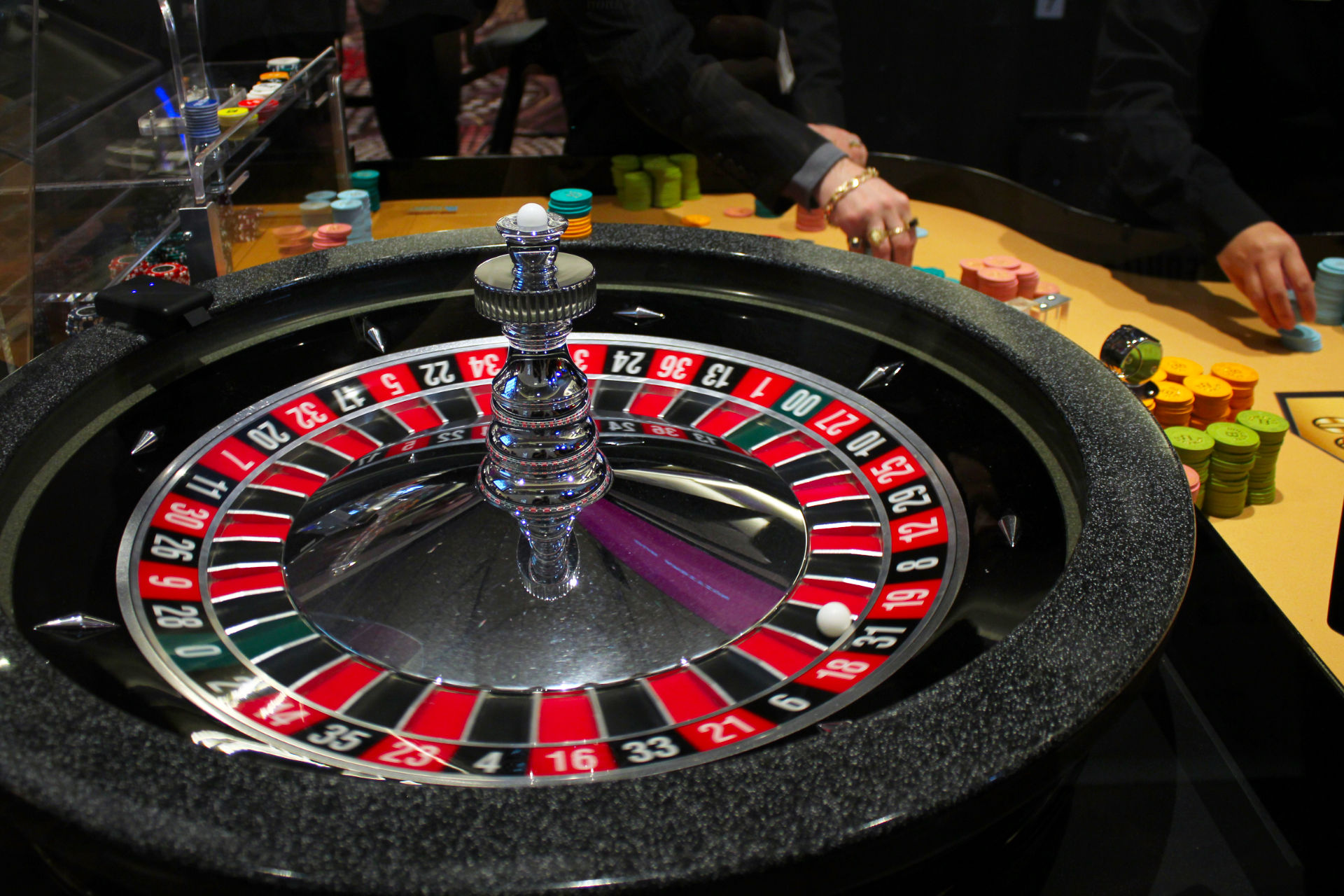As for slot machines, players often become enthralled by the bright lights, intriguing themes, and the thrill of spinning the reels. But beyond the sparkle and excitement lies an important concept that every gamer should be aware of: Return to Player percentage, or RTP. This vital metric is essential in determining the amount of money you can expect to receive back over time, affecting your gameplay and strategy as you play.
RTP is commonly stated as a percent and indicates the average amount of money returned to players compared to the total amount wagered. For instance, if a slot game has an RTP of ninety-five percent, it means that, on average terms, players get back ninety-five dollars for every 100 dollars wagered. Understanding this concept can enable players to make better choices when choosing which slots to play, ultimately enhancing their gaming experience at the casino.
What is the meaning of RTP?

Return to Player, often called RTP, refers to a crucial factor in the field of slot machine games. It indicates the proportion of total bets that a slot machine is set to refund to players through its operation. For example, if a slot has an RTP of 95 percent, this means that, in theory, players can expect to reclaim 95 dollars for every $100 placed during extended play. Understanding RTP assists players analyze the potential gains of different slots.
RTP does not serve as a surety of personal wins but instead a average computed throughout many spins. Each player’s experience might be different significantly as a result of the chance inherent in slot games. A better RTP implies superior odds for the player, making it a critical consideration to think about while picking which slots to play. However, even with a high RTP, there can be stretches during which players encounter losses, because randomness plays a significant role.
It is important to note that the slots available have different RTP percentages. Some games could display a smaller RTP due to a high level of entertainment or unique features, while others keep a higher percentage to attract more cautious players. Understanding RTP empowers players to make informed decisions about their gaming strategies and oversee their funds efficiently while enjoying the thrill of slot machines.
The Way RTP is Being Calculated
The Return to Player, or Return to Player, is a critical indicator within the world of casino slot machine games. This indicates the proportion from total bet money that a slot machine is expected to pay back to gamblers in the long run. Understanding the method by which this measurement is derived demands understanding of the dual aspects of the game’s design as well as its reward system. This return value is determined via complex calculations as well as statistical analyses performed during the slot machine development process. Game developers consider multiple elements, which include the frequency of winning combinations as well as the amount for returns for each combination.
To calculate RTP, the creators simulate a vast number of rotations of the slot machine. These simulations help determine how much on average, a player can expect to win based on their wagers. For instance, if a machine has an RTP of 95%, this means that, in theory, among every one hundred dollars wagered, gamblers should anticipate receive ninety-five bucks back in the long term. This value doesn’t represent how much a gambler will win in a single play or over a couple of plays; instead, it shows long-term return projections.
RTP values are usually published from the casino or slot creator. Gamblers should consistently look for such information when choosing a casino slots, because it has the potential to affect their overall enjoyment. A higher RTP typically means a higher chance of winning back a portion of wagered money, although individual sessions can vary considerably. Understanding RTP enables players make informed decisions and improve their overall enjoyment in the world of casino slots.
Importance of RTP in Casino Games
Understanding the Return to Player or RTP is essential for any player involved in gambling on slots. Return to Player represents the proportion of wagered money that a game is engineered to pay back to gamers over time. A higher RTP means that gamers can look forward to receiving a larger portion of their bets back, making it an significant factor for those seeking to enhance their gambling enjoyment. Knowing this figure aids gamers make informed decisions about which games to play, as it can significantly influence their chances of winning.
Additionally, Return to Player plays a key role in the overall equity and clarity of slot games. Players are often drawn to games with higher return rates because they provide a superior opportunity of success over the long term. https://ga179.com/ Casinos and software creators use RTP as a marketing tool to lure gamers, ensuring they maintain a lead in the growing gaming industry. By being aware of RTP, players can select games that match with their comfort level and objectives.
Ultimately, the idea of Return to Player promotes safe gaming practices. Recognizing that not all games will provide immediate returns and that Return to Player is based on extended play, players can regulate their expectations and gambling behavior effectively. This knowledge enhances the enjoyment of slot games while promoting a more balanced gambling landscape. Players who comprehend the importance of Return to Player are likely to have a better time and lessen the risks of gambling issues.